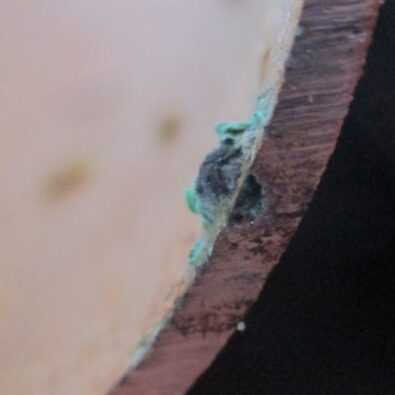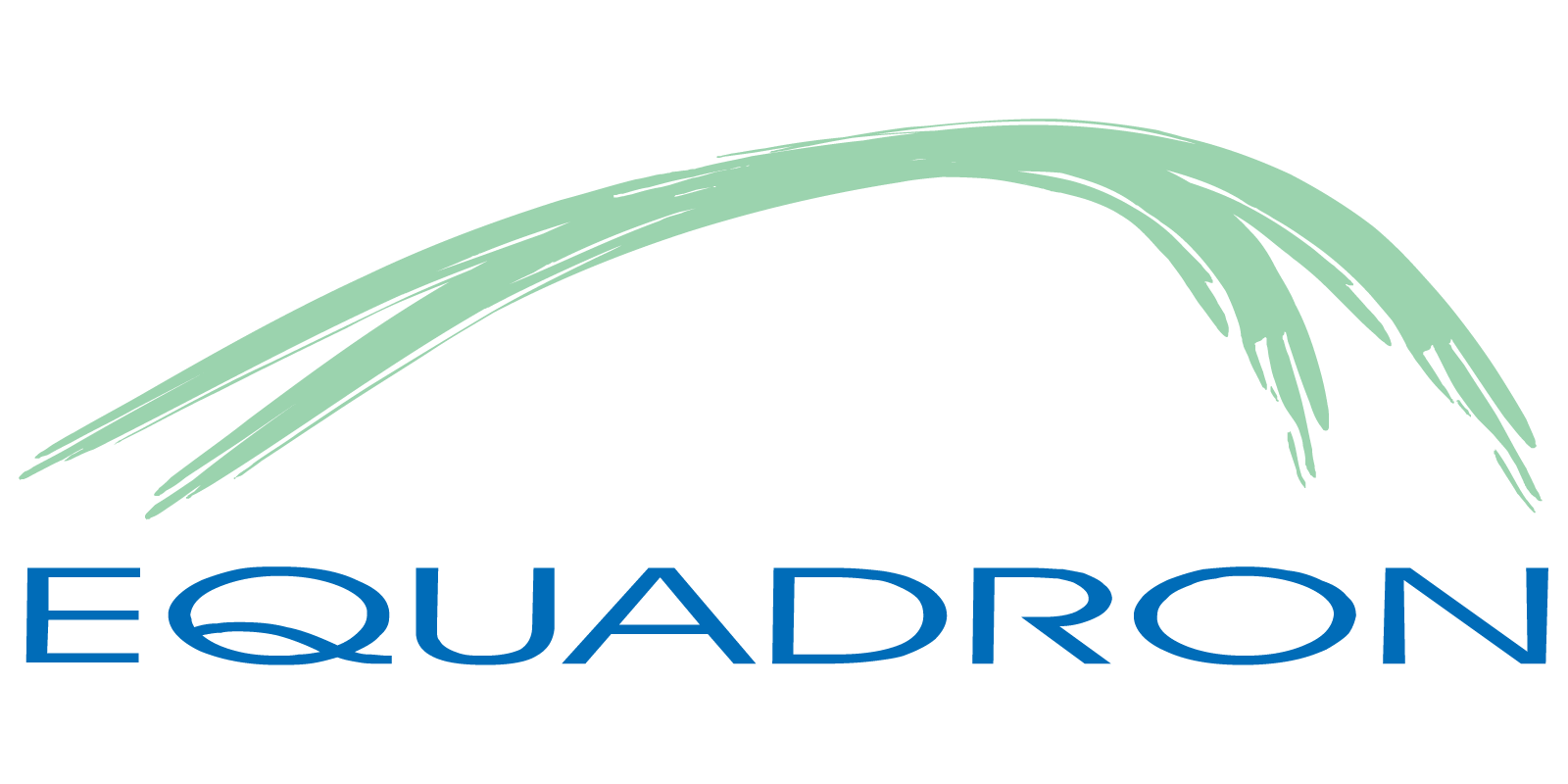The sources of the Greater Vancouver Water District (GVWD) water are rainfall and snowmelt runoffs collected in the Capilano, Seymour, and Coquitlam watersheds in the North Shore Mountains. The geographic nature of the watershed areas does not allow the water to absorb minerals. Water with a low concentration of dissolved minerals is considered soft water, and one of the particularities of soft water is its higher metal dissolution rate in plumbing systems.
Water regulations require water treatment plants to utilize chlorine as a disinfection method. This treatment lowers the pH increasing the acidity of the water supply. The water becomes even more corrosive in the domestic hot water system when it is heated to prevent the growth of Legionella bacteria. Other contributors to the deterioration of copper piping systems are excessive water velocity and poor workmanship during piping installations.
Large buildings such as apartments and condominiums towers with hot water recirculation systems are particularly susceptible to early corrosion-related copper pipe failures. The main factors driving residential piping leaks due to corrosion can be summarized as follows:
- Low pH levels;
- Low mineral content;
- High dissolved oxygen content;
- Method of disinfections;
- High velocity;
- High temperature;
- Galvanic corrosion; and
- Microbiological Influenced Corrosion (MIC).
Equadron was retained by EXP to assess the condition of copper water piping samples extracted from the domestic hot water (DHW) system of a residential tower in downtown Vancouver, British Columbia. Our corrosion protection and metallurgy experts analyzed the piping samples to assess their failure mechanism, corrosion rate, remaining service life, and chemical composition.
Like any other problem, early detection and remedial planning are key to minimizing its consequences. Especially, when the affected items are hard to reach and expensive to replace such as copper piping in residential buildings.

